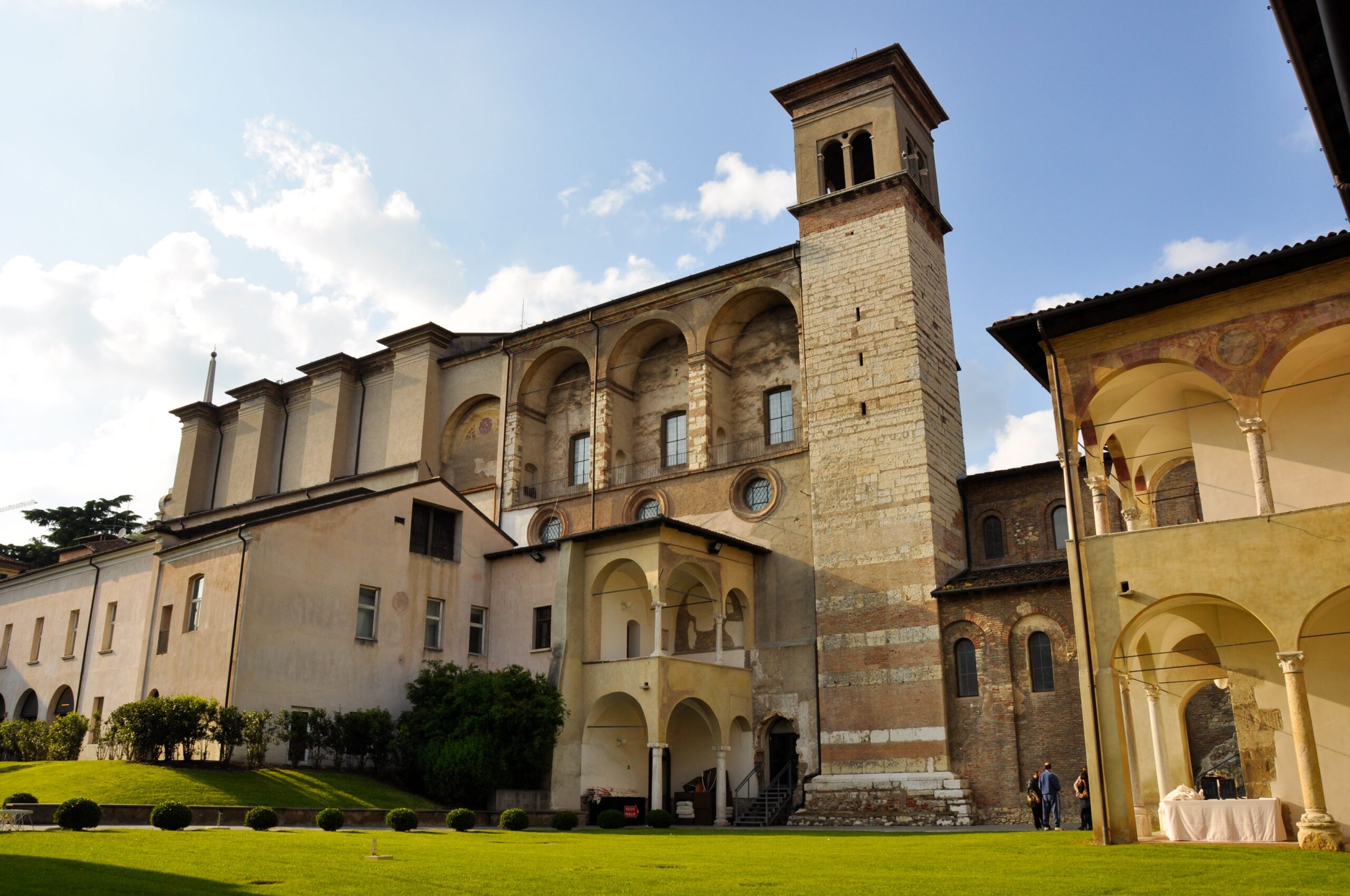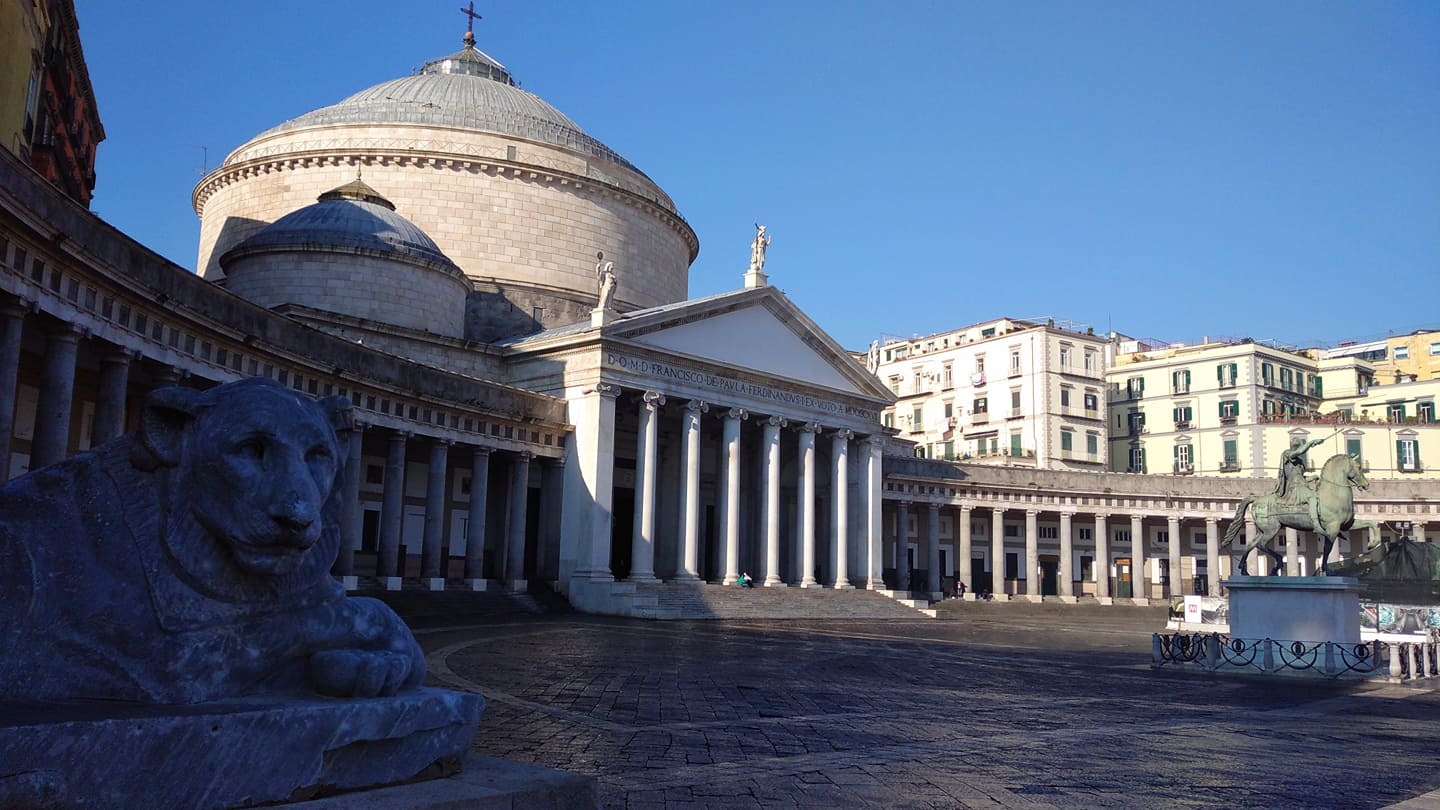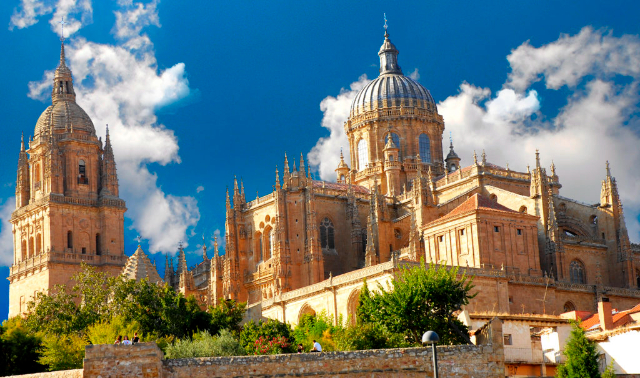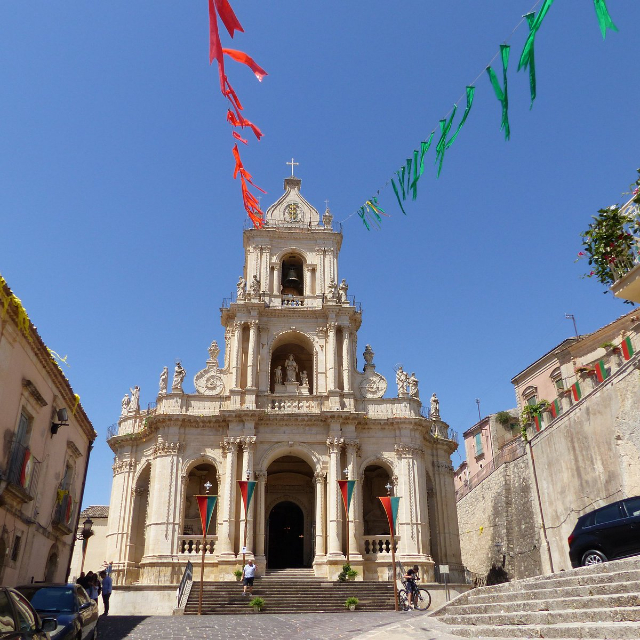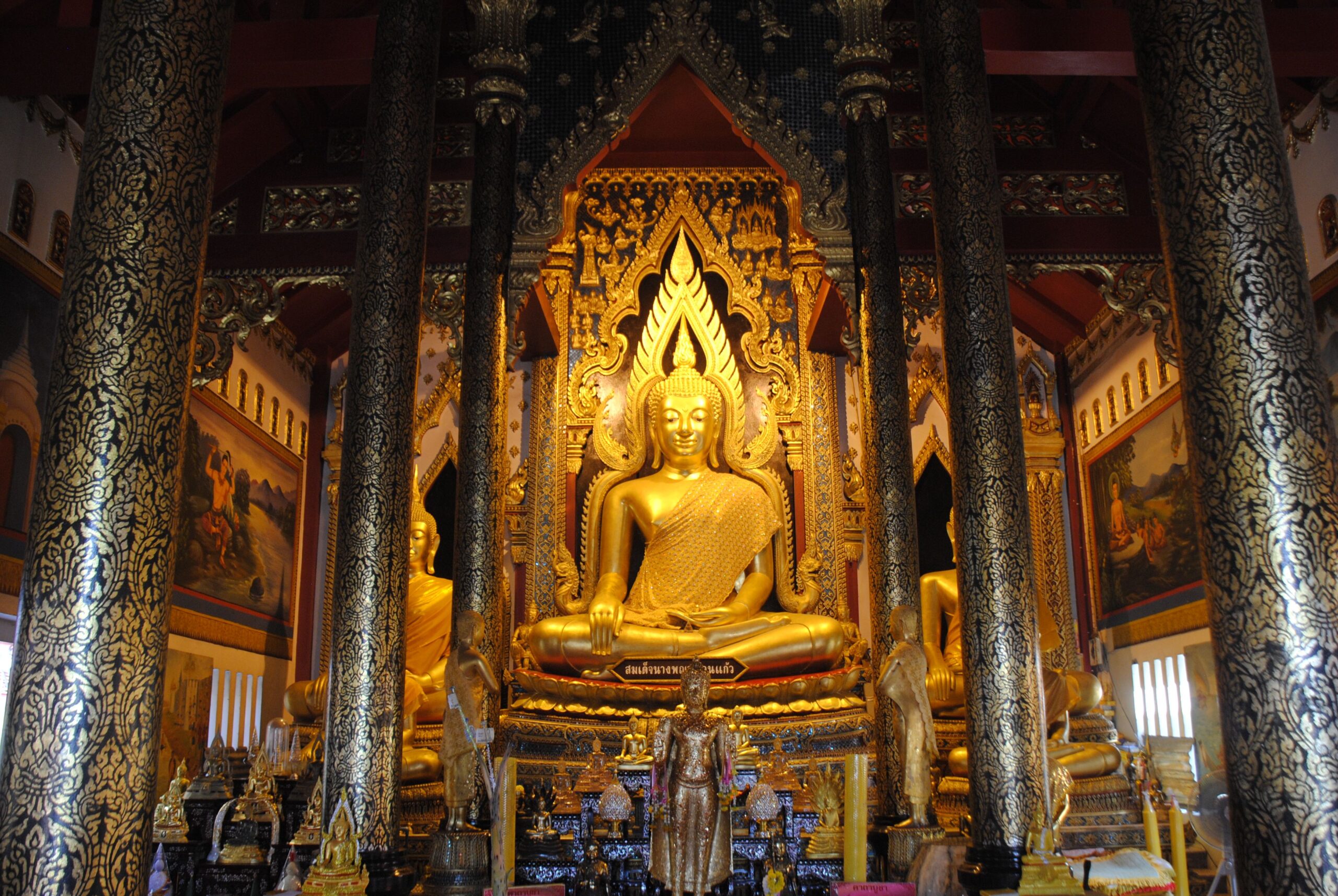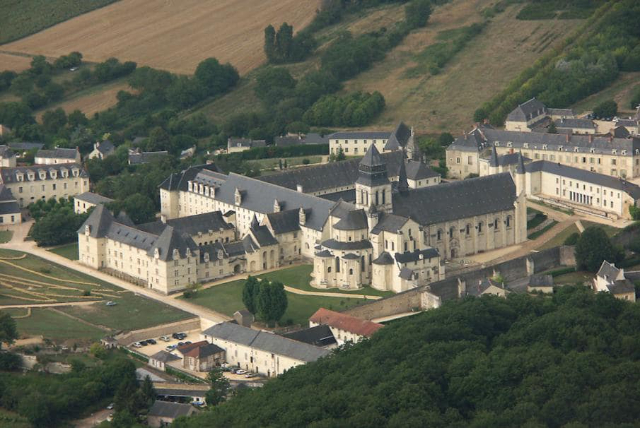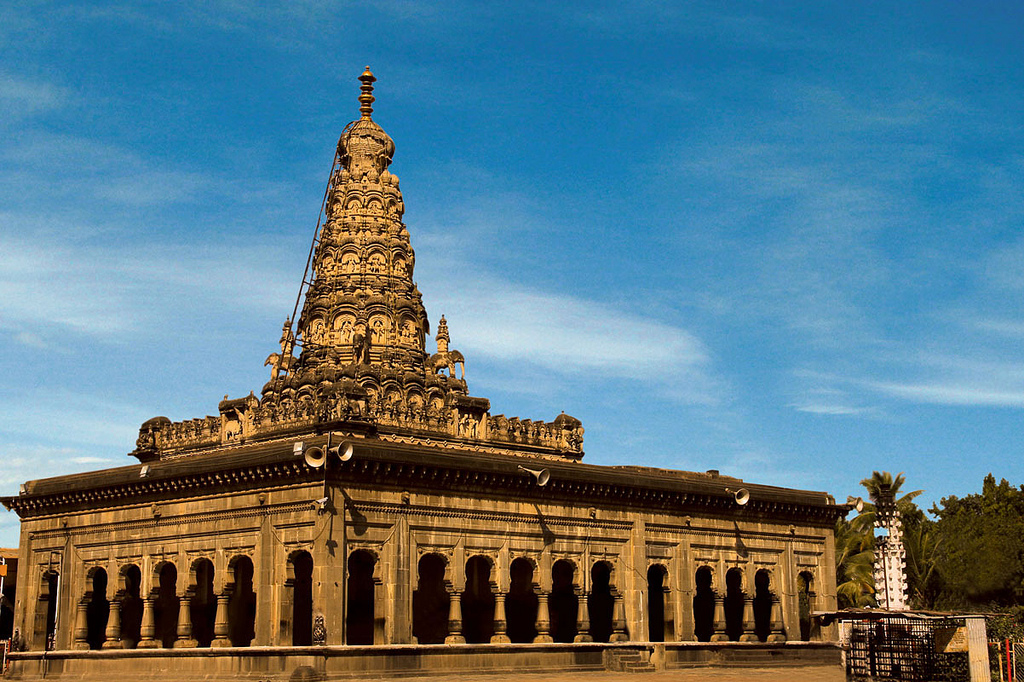The Basilica of San Salvatore is one of the most important examples of early medieval religious architecture preserved in the elevation.
In the project of King Desiderius, who in 753 A.D. founded the monastery dedicating it to St. Saviour, and later having the remains of the martyr St. Julia placed there, the church-mausoleum was to be one of the symbols of the dynastic power of the monarchy and the Lombard dukedoms.
The interventions carried out inside the building have brought to light not only part of its original masonry, but also the remains of a Roman domus below (1st-4th century A.D.), some structures dating back to the early Longobard period (568-650) and the foundations of an older church, now partially visible. The bell tower was raised around 1300. In the 14th century the chapels were opened on the northern side.
The facade was demolished in 1466 to build, on a higher level, the nuns’ choir (currently attached to the church of Santa Giulia), whose lower floor serves as the atrium of San Salvatore.
Inside, on the two rows of heterogeneous columns (some coming from Roman buildings), the capitals are remarkable, two of Ravenna type (VI century). Of the frescoes and stucco decoration from the Carolingian period (9th century), fragments or sinopias remain.
On the counter-façade and in a chapel frescoes attributed to Paolo da Caylina the Younger. At the base of the bell tower are frescoes by Romanino on the life of Sant’Obizio (about 1525).
Along the right wall is a frescoed niche in the underside: excavations have revealed an ancient arcosolium tomb, attributed to Queen Ansa. The crypt was built perhaps in 762-763 and enlarged in the 12th century.
Inside this room there are fragments of a peacock slab, a refined example of sculpture, where the elegance inspired by Byzantine art and a certain naturalism of late antiquity are accompanied by ways and themes of Longobard culture.
